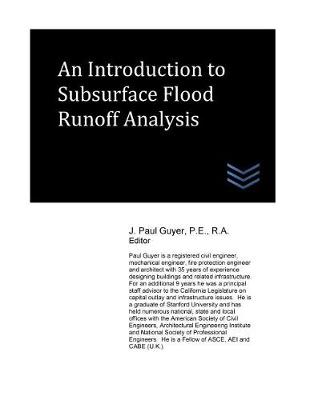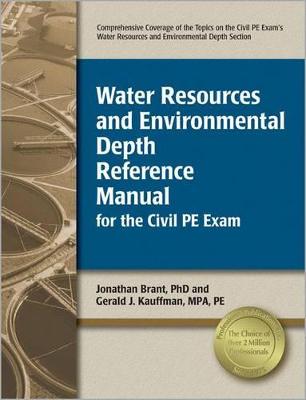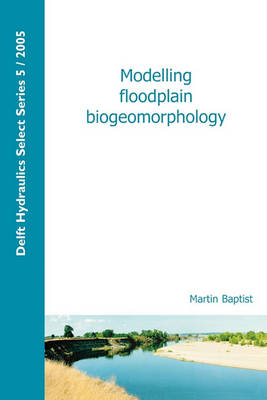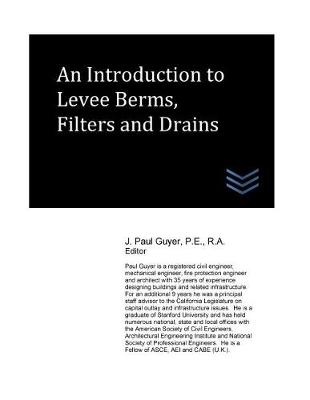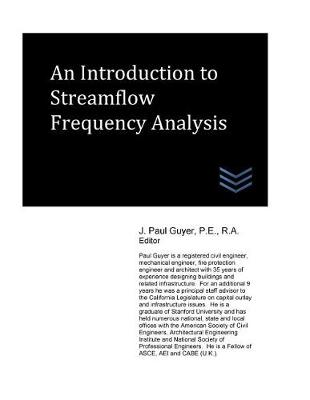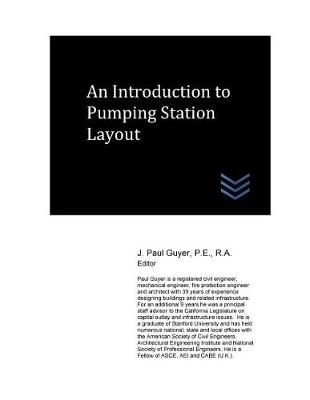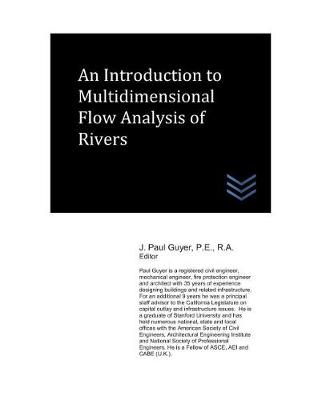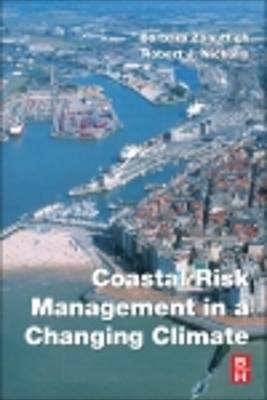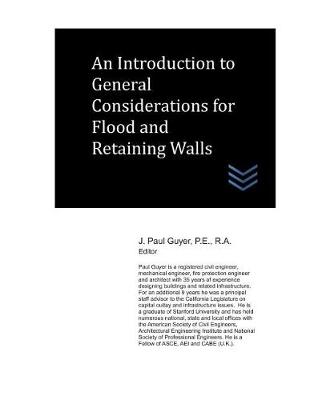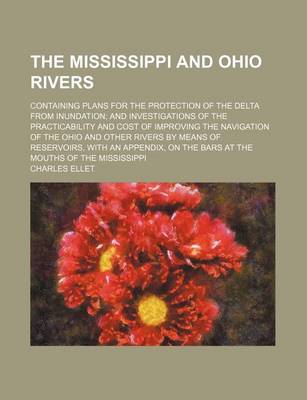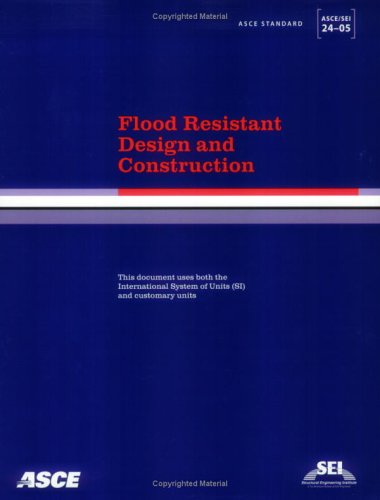Infrastructure Computer Vision
by Ioannis Brilakis and Carl Thomas Michael Haas
Infrastructure Computer Vision delves into this field of computer science that works on enabling computers to see, identify, process images and provide appropriate output in the same way that human vision does. However, implementing these advanced information and sensing technologies is difficult for many engineers. This book provides civil engineers with the technical detail of this advanced technology and how to apply it to their individual projects.
Hydraulic Structure,Equipment and Water Data Acquisition Systems
Assessing the effectiveness of Scotland's public flood warning service
by Alistair Geddes
Stormwater Design for Sustainable Development
by Ronald L Rossmiller
Flood Risk Management
Responsibility for flood risk management in the United States is a shared responsibility between multiple Federal, State, and local government agencies with a complex set of programs and authorities. Nationally, both the US Army Corps of Engineers (USACE) and the Federal Emergency Management Agency (FEMA) have programs to assist states and communities in reducing flood damages and promoting sound flood risk management. The authority to determine how land is used in floodplains and to enforce flo...
Flood Resistant Design and Construction Sei/ASCE 24-98
This Standard provides minimum requirements for flood-resistant design and construction of structures located in flood hazard areas. These requirements apply to new construction, which includes: new structures including subsequent work to such structures, and work classified as substantial repair or substantial improvement of an existing structure that is not an historic structure. Topics include basic requirements for flood hazard areas, high risk flood areas, flood hazard areas subject to high...
Hydraulic Design of Flood Control Channels
This U.S. Army Corps of Engineers engineer manual EM 1110-2-1601, ""Hydraulic Design of Flood Control Channels"", presents procedures for the design analysis and criteria of design for improved channels that carry rapid and/or tranquil flows. This book presents theories and procedures in the hydraulic design of flood control channels, levees, and floodwalls. Typical calculations are presented to illustrate the principles of design for channels under various conditions of flow. The appendices pro...
An Introduction to Multidimensional Flow Analysis of Rivers
by J Paul Guyer
Pumped Catchments (Environment Agency Science Report, No. SC090006)
Coastal Risk Assessment and Mitigation in a Changing Climate
by Barbara Zanuttigh, Inigo J Losada, Robert J Nicholls, Richard C. Thompson, and Jean Paul Vanderlinden
Developing an FCRM Evaluation Framework
An Introduction to General Considerations for Flood and Retaining Walls
by J Paul Guyer
The Mississippi and Ohio Rivers; Containing Plans for the Protection of the Delta from Inundation and Investigations of the Practicability and Cost of Improving the Navigation of the Ohio and Other Rivers by Means of Reservoirs, with an Appendix, on the Bars a
by Charles Ellet
ASCE/SEI Standard 24-05 provides minimum requirements for flood-resistant design and construction of structures located in flood hazard areas. This standard applies to new construction, which includes: new structures including subsequent work to such structures, and work classified as substantial repair or substantial improvement of an existing structure that is not an historic structure. This Standard is a revision of ""ASCE/SEI 24-98"". Topics covered include: Basic Requirements for Flood Haza...

